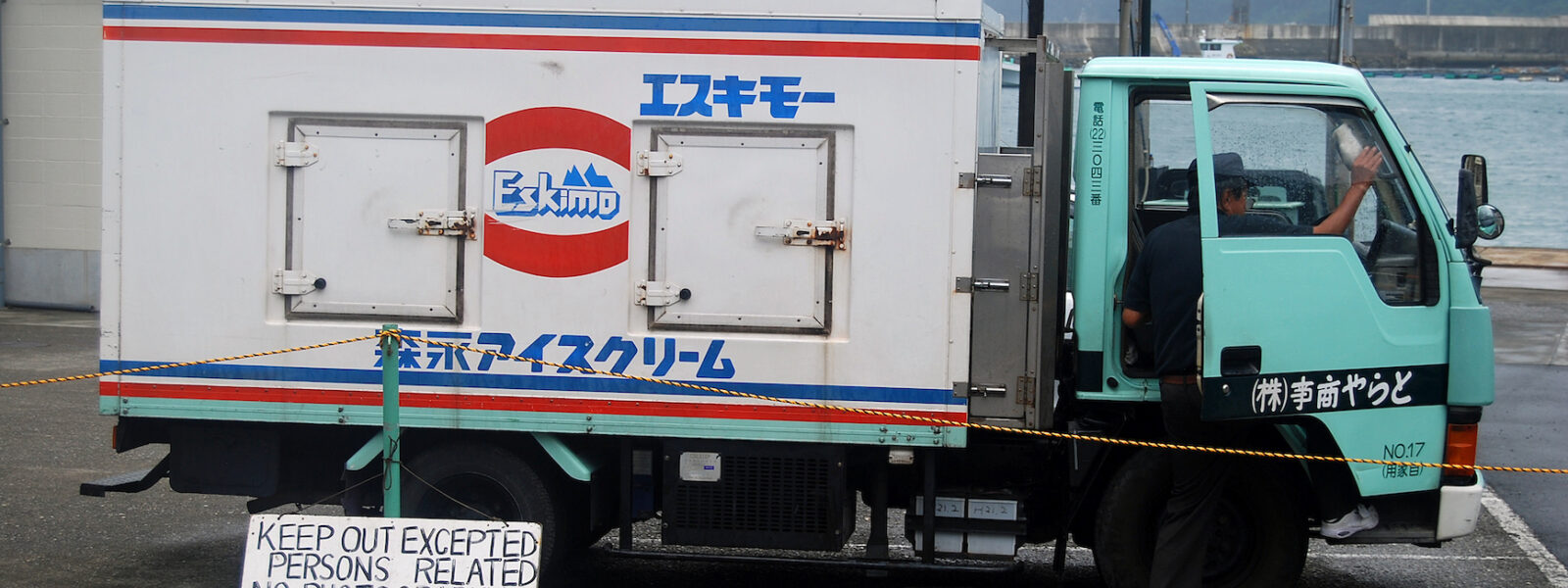

During the bright month of August, we suffer in anticipation of one of the darkest times: The Sept. 1st opening of the six-months long dolphin hunts in Taiji, Japan, as depicted in the hit documentary “The Cove.”
Just a couple of weeks ago, the Taiji hunters announced that they had orders for about 150 live dolphins (mostly bottlenose dolphins, the same kind of dolphins as television’s Flipper) from around the world. In recent years, Taiji has been able to sell around one hundred dolphins for captivity, so the new orders may substantially increase Taiji’s toll on live dolphin captures and increase income, assuming the hunters will be able to find enough dolphins to meet the aquarium market.
Overall catches of dolphins have been down in recent years, likely in part because Taiji cannot sell the meat as readily as they could before, due to concerns raised by the International Marine Mammal Project’s Save Japan Dolphins Campaign and other groups in Japan about mercury poisoning. Taiji’s dolphin meat is very high in mercury and PCB’s, far exceeding government-accepted levels of the toxicants. However, Japan’s government established an exception for seafood, which need not meet the lower mercury standards, jeopardizing the health of the Japanese people.
There may also be some dolphin species that have been seriously depleted by the hunts, which have been going on since 1969. Bottlenose dolphins, for example, appear to be somewhat more rare in recent years.
Statistics gained from the Japan government shows the export of 19 live dolphins from Taiji to Russia and China in the month of June 2016 alone. CetaBase notes another 9 dolphins were transferred to China on August 22nd. Both countries are building and expanding aquariums, which have been very popular.
CetaBase has publicized the new government quotas issued to Taiji dolphin hunters. The quotas substantially exceed the number of dolphins actually caught in the hunts. The total quota is 1,820 dolphins for the season. Last season, about 652 dolphins were caught and slaughtered for meat, while 117 were caught for captivity. Another 133 dolphins were released back into the ocean for various reasons, likely again due to the fact that the Taiji hunters could not sell the meat due to mercury concerns.
The Taiji quotas, set by the national Japan Fisheries Agency, are set for seven species of dolphins, including spotted and striped dolphins, false killer whales, pilot whales, Risso’s dolphins, Pacific white-sided dolphins, and bottlenose dolphins. The new quota total is slightly – but only slightly – lower than last season, which was 1,873 dolphins for the 2015-16 season.
The season for the drive fishery, in which the hunter’s boats drive dolphins into the notorious Cove and slaughter them in a welter of blood, lasts from Sept. 1st to the last week of February, usually, although the hunters can continue to harpoon dolphins, usually pilot whales, offshore through the end of April. Both the quotas and the length of the season are clearly set to benefit the dolphin hunters, rather than the dolphins.
There will be a demonstration against the upcoming Taiji dolphin-hunting season on Thursday, Sept. 1st, from 11 AM to 2 PM, in front of the Japanese Consulate, 275 Battery Street, in San Francisco, CA. Similar demonstrations are taking place in many other cities around the world on the same day, the official start of the 6-month Taiji dolphin hunt season.